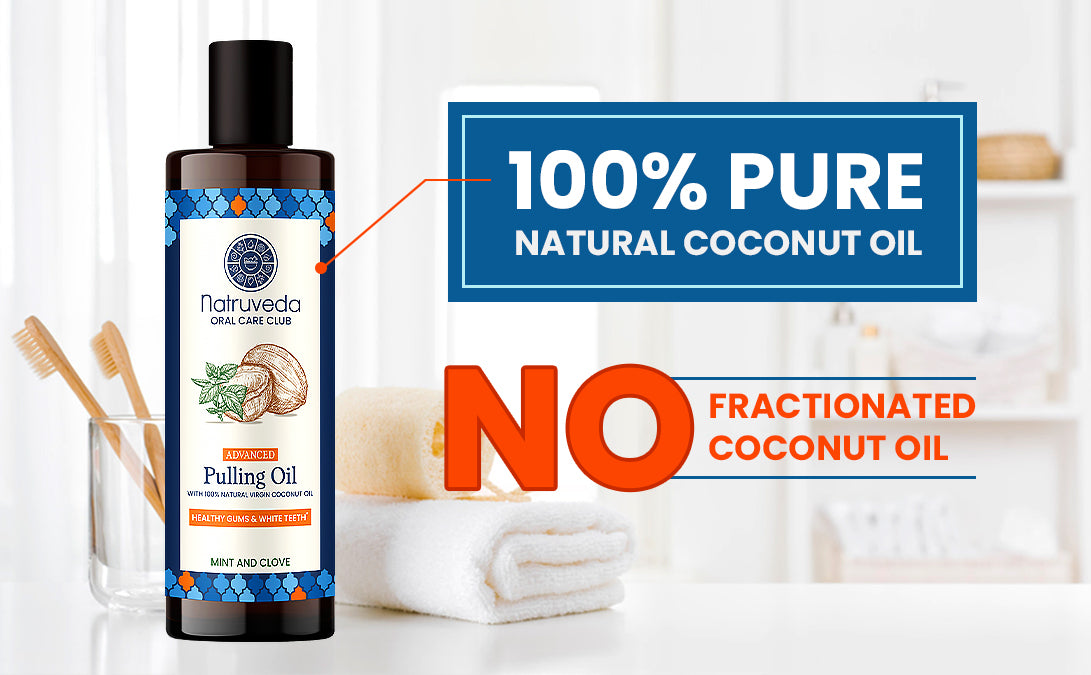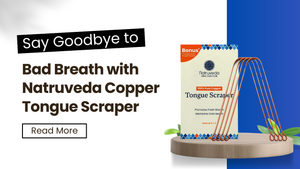Coconut oil pulling has grown in popularity as a natural remedy for improving oral health. This simple practice is believed to reduce harmful bacteria, promote healthier gums, and even whiten teeth. However, like any wellness trend, it’s essential to understand both the best practices and potential dangers before diving in. In this blog, we’ll guide you through how to effectively use coconut oil for pulling and what to watch out for to ensure you get the most benefits without any risks.
What is Coconut Oil Pulling?
Coconut oil pulling involves swishing a tablespoon of coconut oil in your mouth for about 15-20 minutes. The goal is to "pull" out bacteria and toxins from your mouth, reducing plaque buildup and promoting oral hygiene. Coconut oil is especially favored due to its antimicrobial properties, which help combat harmful bacteria and improve gum health.
Best Practices for Coconut Oil Pulling
-
Choose High-Quality Coconut Oil
Always use high-quality, extra virgin coconut oil for pulling. This ensures that you are swishing pure, natural oil without any additives or chemicals that could be harmful. -
Perform Oil Pulling First Thing in the Morning
For best results, practice oil pulling in the morning before eating or drinking anything. This helps eliminate the bacteria that have built up overnight. -
Swish for the Right Amount of Time
Aim to swish the coconut oil for 15-20 minutes. This allows enough time for the oil to break down bacteria and plaque but is short enough to prevent the oil from being reabsorbed by the mouth. -
Don’t Swallow the Oil
After swishing, make sure to spit the oil out into a trash can (not the sink, as it can clog pipes). Never swallow the oil, as it may contain bacteria and toxins that you’re trying to remove. -
Rinse and Brush Afterward
Once you’ve finished oil pulling, rinse your mouth with warm water and brush your teeth as usual to remove any remaining oil and bacteria. -
Consistency is Key
Like most health practices, consistency matters. Try to incorporate coconut oil pulling into your daily routine for the best long-term benefits.
Potential Dangers of Coconut Oil Pulling
While coconut oil pulling offers several benefits, there are some potential dangers to be aware of:
-
Aspiration Risk
One of the dangers of oil pulling is accidentally inhaling or aspirating the oil, which can lead to respiratory issues. Be mindful to swish gently and avoid vigorous swishing that could cause you to accidentally inhale the oil. -
Digestive Issues if Swallowed
If you swallow the oil instead of spitting it out, you may ingest harmful bacteria and toxins. This can lead to stomach discomfort or digestive issues, as your body will try to process the unwanted substances. -
Overuse Can Irritate Jaw Muscles
Swishing for too long or too vigorously can lead to jaw fatigue or even soreness. If you experience any discomfort, try reducing the swishing time or frequency. -
Does Not Replace Brushing or Flossing
It’s important to remember that coconut oil pulling is not a substitute for traditional brushing or flossing. Neglecting to brush or floss can lead to more serious oral health problems, even if you are oil pulling regularly. -
Coconut Oil Allergies
Although rare, some individuals may have allergic reactions to coconut oil. If you experience any irritation or allergic symptoms, discontinue use immediately and consult with a healthcare professional.
Conclusion: Is Coconut Oil Pulling Right for You?
Coconut oil pulling can be a beneficial addition to your oral hygiene routine if done correctly. It helps reduce harmful bacteria, promotes gum health, and may even lead to whiter teeth. However, it’s crucial to follow the best practices to avoid potential risks such as jaw irritation or aspiration. Remember, coconut oil pulling is not a replacement for brushing and flossing but can be used as a supplementary method for a cleaner, healthier mouth.






